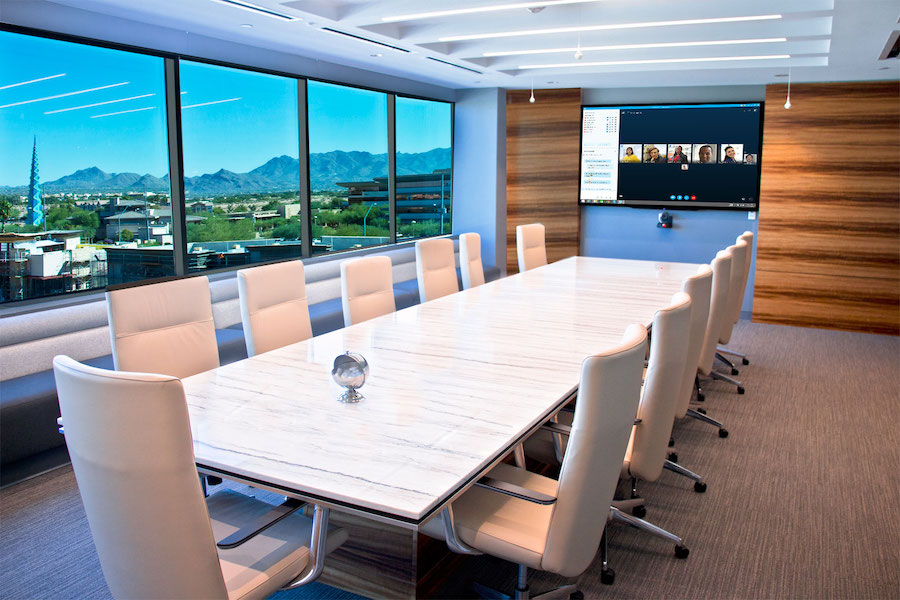
3 Trends in Management of Modern Smart Conference Room Technology
Software and the Cloud Have Changed the Game
Recently we posted about how the user experience is driving the modernization of AV systems and services. In the modern, connected world, everyone is a user and consumer of AV technology. The pandemic of the past two years created Zoom experts out of grandparents that had never video-conferenced in their lives. With the seismic shift to hybrid work models, the ability to see and talk to someone on a computer or device is merely baseline functionality.
So, users in the workplace - home workplaces too – have high expectations for AV systems. They need to be easy to use, allow them to multitask, hold large and inclusive meetings, and have sophisticated tools that integrate easily to share information and freely collaborate. As we noted – and you already know – this is a software-driven world. The smartphone showed the world how you build a smart device with an almost-ready-for-prime time feature set and proceed to make it far more powerful and usable with three years of software updates. Tesla applies that model to automobiles, in an industry not previously known for any upgrades that didn’t involve buying a new vehicle. One of the last industries to catch on is AV, and that presents new challenges.
Modern smart conference room technology is more dependent on software than hardware for the new features and services that today’s workforce expects and demands. And software is a different model when it comes to management. Keep reading below for an outline of three trends that are changing the game in AV services management.
SEE ALSO: How AV as a Service Can Secure Your AV Infrastructure
The Cloud
Many business applications have moved from a locally hosted server to a cloud-hosted model. The reasons are straightforward, especially for smaller to medium-sized businesses with limited IT resources. Cloud-hosted SaaS (Software as a Service) is an easier way to support the organization with business-critical applications, guaranteeing uptime and easier scalability. Going further into the model, Managed SaaS makes things even easier, offering per-user and other subscription models that free an organization from almost every aspect of running the application. AV device management is moving to a similar model. Indeed, it’s a necessity as today's collaboration platforms all follow similar SaaS models.
Software-Drive Upgrades
As discussed, new features and upgrades are increasingly coming as software updates. It’s not a matter of a technician going to a room to update the room devices; it’s through a network. When an organization has hundreds of smart conference rooms, the complexity and security requirements of enterprise networks can present challenges without the right configurations and management tools.
Appliance Models
Some AV infrastructure is difficult to manage from the cloud, such as VOIP. How can a managed SaaS model be applied to these services? An appliance model is one solution, where software and hardware are packaged together. The appliance can live inside the right place in the enterprise network for access yet still be updated and managed remotely. The appliance offers IT and AV departments an easy-to-manage solution without worrying about the compatibility of software stacks, security models, and multiple updates.
These three broad trends are changing how organizations of all sizes view their AV infrastructure and services. Could further embracing of these trends accelerate the modernization of your AV systems?
Level 3 Audiovisual is an Arizona-based national managed services provider helping organizations of all sizes in Phoenix and across the U.S. design, deploy, and manage AV systems and infrastructure. Get started by reaching out to Level 3 Audiovisual here or click the chat box below to connect instantly. We look forward to working with you.

